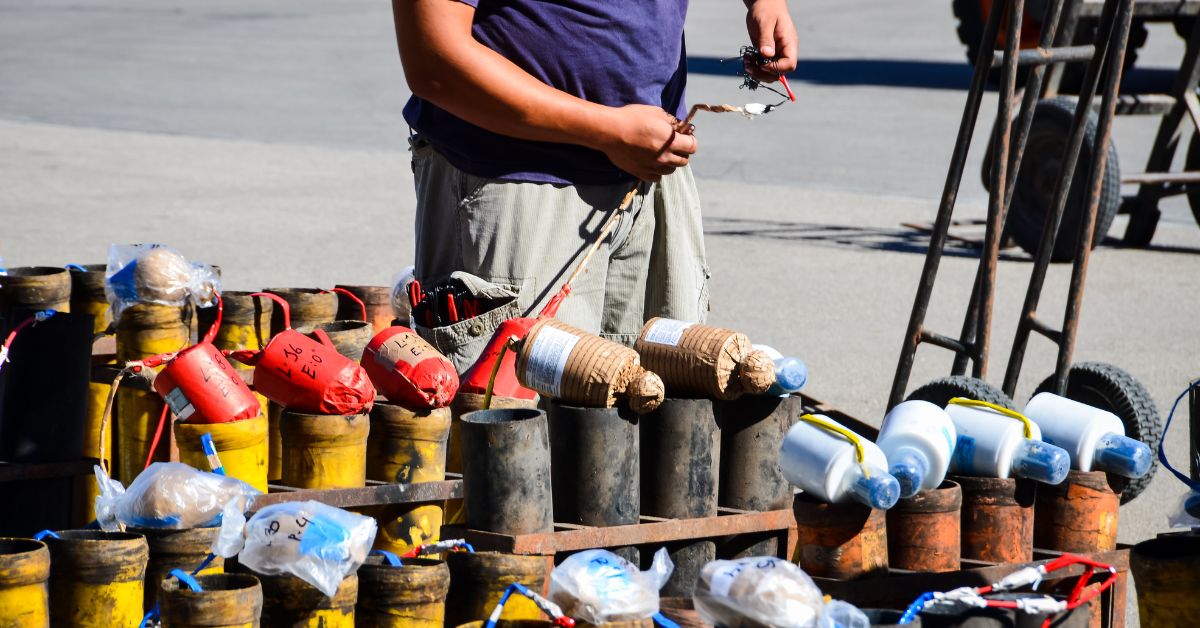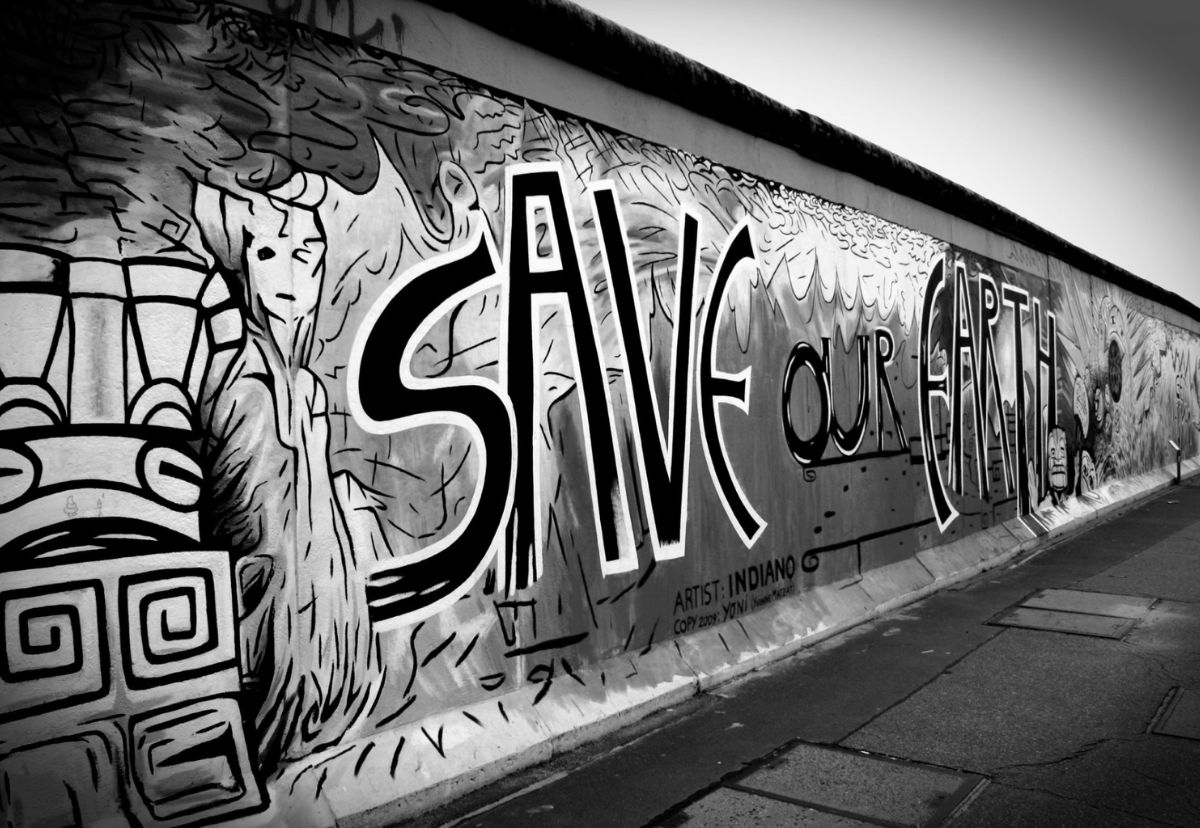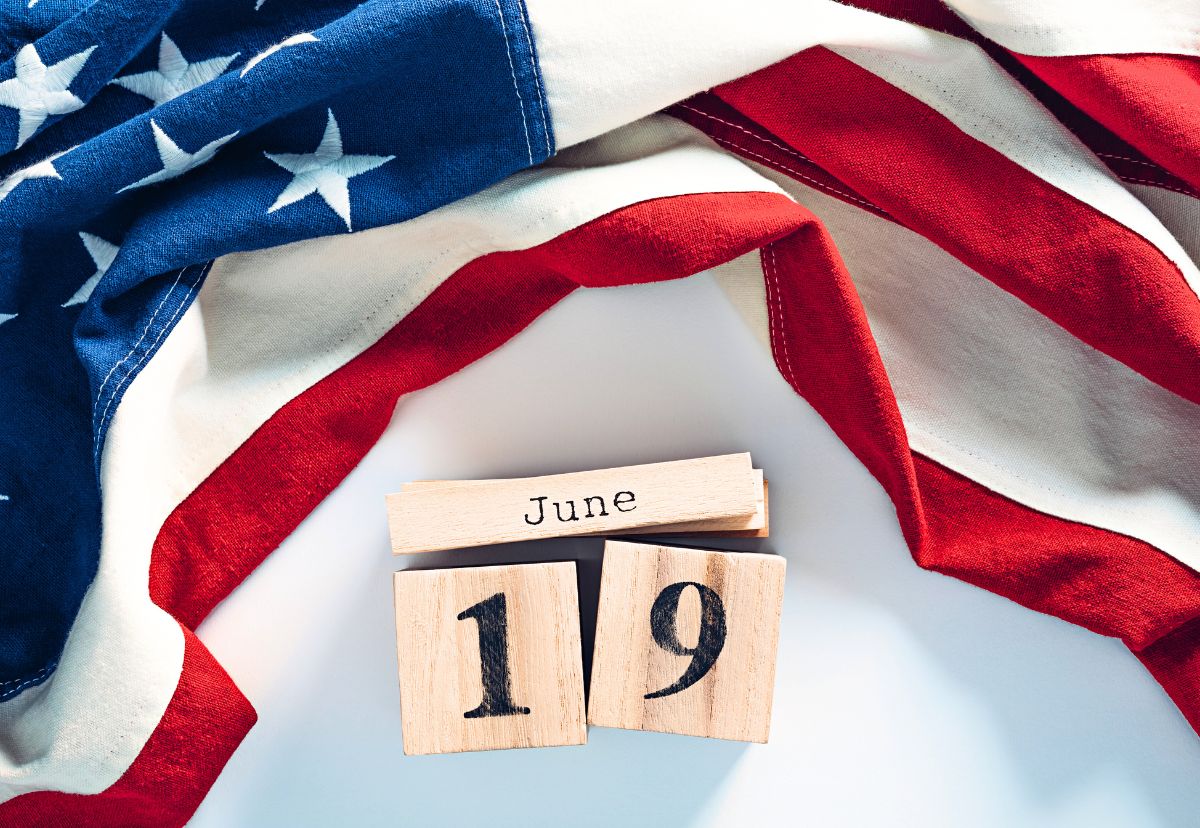Does your company have a complex staffing problem that requires a flexible solution? FlexTrades has solved manufacturing headaches for hundreds of companies big and small in all 50 states. We have a skilled workforce that is professional and ready to come to you. Consider just a few ways that your company can use our flexibility to solve your skilled labor problems.
Five ways FlexTrades Clients See “Flex” in FlexTrades:
Large Projects to Small Projects – One client in the consumer goods industry needed FlexTrades’ Technicians to run their entire production process. We were at the client’s site using their machines, but 100% of the work was done by FlexTrades employees. We’ve also had clients who purchased a new machine and just needed one expert to come in to set it up and train their staff on how to run it.
Project Duration – We solved short-term production backlogs in eight weeks when a client needed a quick influx of productivity. FlexTrades’ Technicians kept a client’s facility running for multiple years in a row. We can fill any shift you are running, whether that’s a day shift and night shift, or a first shift, second shift and third shift. Our only requirement is that it’s at least 50 hours per week because our Technicians really like to work! We’re true partners, and our timelines can flex as needed to get the job done right.
Recurring Need vs One-Time Need – We can help you with recurring seasonal work or work based on cyclical market trends and order cycle fluctuations. Or we can help with your one-time backlog to get you caught up. Our solution is flexible enough to fit your unique manufacturing requirements.
Variety of Skilled Technicians – Our technicians have been deployed to fill just about every role found in manufacturing. Our clients most commonly require skilled Machinists, Welders, Maintenance Techs and Production Techs. Many clients also need Assemblers, Diesel Techs, Electrical Techs, Engineers, Fabricators, Machine Operators, Material Handlers, Programmers and more!
Quick Spool Up Time & Less HR Work for You – Generally, it takes a few weeks for a FlexTrades Technician to get up to speed. Many of our clients are shocked by their speed and proficiency after having worked with more typical staffing options and other workforce providers. FlexTrades provides an extensive support system to its Technicians to help limit extra work for your HR, management, and administrative staff. You just need to point our Technicians to their workspace and watch them get you back on track.
Why FlexTrades?
We chose the name “FlexTrades” because we recognize the importance of being flexible. Each of our clients has a unique staffing problem that requires a custom solution. We help them take advantage of our flexibility with our skilled and professional workforce. Click here to read more about our innovative solutions. If you’re ready to tackle your workforce problems, reach out to our Business Development Department today for a FREE, no strings attached consultation!














